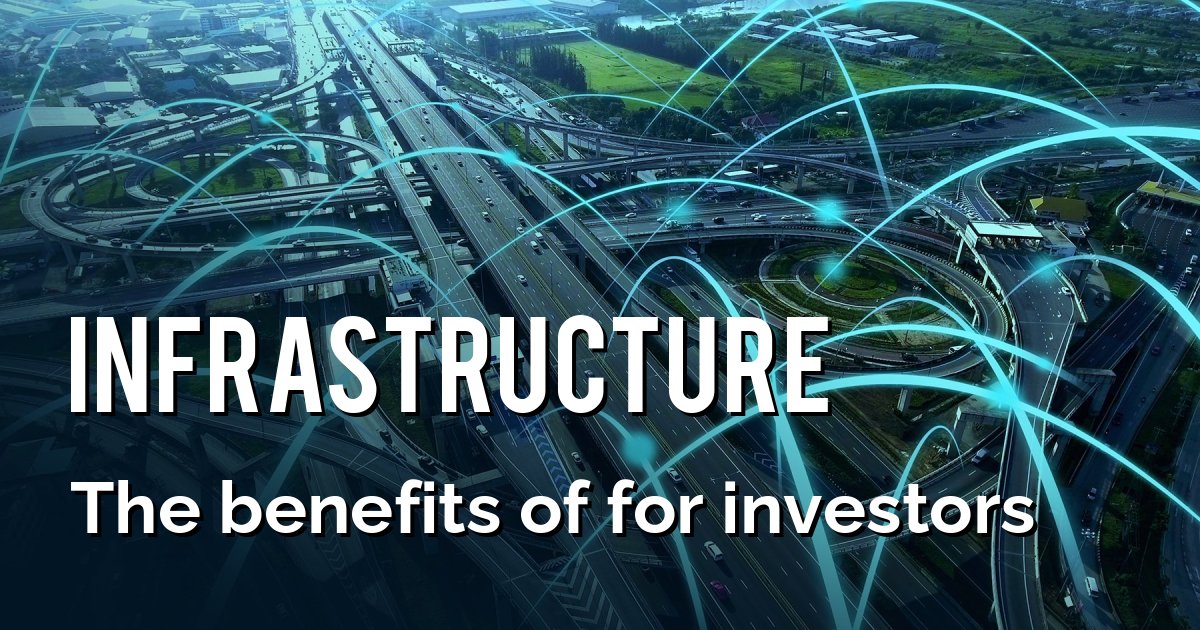LGT Wealth Management Infrastructure and its Megatrends
Wednesday 21 February, 2024
The emergence of infrastructure as an asset class predates the Global Financial Crisis, but the sector has seen a significant evolution since 2008. Infrastructure was historically limited to roads, railways and water pipes, but has expanded to include a diverse range of sectors including energy, transportation, water, sanitation, and social infrastructure. The boom in infrastructure funds began in the late twentieth century, as Western governments sought to attract private investment to service investment in local infrastructure. Institutional investors soon saw the attraction of long-term returns coupled with reliable cash flows. Since then, the sector has witnessed globalisation with cross-border flows. As a result, many developing nations use foreign investment to help support their infrastructure requirements.
Over the past decade, assets under management in infrastructure funds have increased almost five-fold, to $1.3trn. More than four fifths of this investment is allocated to Western countries as investors are drawn to more stable governments and less volatile currencies. Emerging markets represent the next frontier, where populations and economies are rapidly growing and investment in infrastructure is required to support the expansion. So, what are the trends supporting infrastructure?
Onshoring
The onshoring of supply chains, rising geopolitical tensions and energy security concerns are fuelling investment into infrastructure. The trend towards deglobalisation began some years ago as tensions between China and the US mounted, but the Russian invasion of Ukraine catalysed governments and businesses to consider the onshoring of critical infrastructure. Disruptions to global supply chains have highlighted the dangers of supply side shortages for infrastructure and industries which were relying too heavily on a small number of suppliers. Businesses are now looking closer to home, placing the importance of a high-quality value chain over quantity or price, and investment into local infrastructure is required to fuel the deglobalising economy.
Decarbonisation
For the world to meet the legally binding 2050 Paris Agreement climate targets, significant amounts of investment are needed into renewable energy sources, such as wind and solar, carbon capture equipment, the production of carbon-free fuel for aeroplanes and ships, and batteries which store and transmit the renewable energy. In the next six years, an estimated $8trn will be invested into infrastructure to expedite decarbonisation.
Digitalisation
Companies are continually looking to innovate to improve the functionality of their business, and digitalisation can help facilitate this. Electricity demand is expected to grow in many regions, driven in part by additional data centres needed to support internet activity and the AI boom. This will require vast amounts of physical assets. From fibre-optic cables to 5g networks, businesses are going to constantly upgrade their technology infrastructure to improve their output and profitability.
Benefits of infrastructure for investors
Notwithstanding the economic need, infrastructure investments offer investors non-cyclical, stable, and diversified returns. The diversification benefits are particularly attractive and are a valuable contributor to any investor’s portfolio. Infrastructure generally has a low correlation to equities, fixed income, and other alternatives. Bonds and equities are historically negatively correlated, but this has not been the case in the past few years. Bonds still diversify portfolios from growth shocks, but we have seen how they no longer protect against cost shocks or “Truss” shocks (fiscal misdemeanours), geopolitical surprises or inflation risks. Investors now require a differentiated asset class to offer the diversification bonds once did.
Furthermore, utilities, which represent about a half of the global listed infrastructure opportunity set, are positioned to derive steady, regulated earnings growth by building solar and wind farms and upgrading and expanding the networks needed to connect these new power sources to the end user. Owning assets with inflation protection which are not sensitive to business cycles and offer more predictable, stable returns, are attractive assets to own in a higher volatility and macro changing environment.
Earnings growth for infrastructure is likely to be underpinned by several structural growth themes over the coming years. We remain optimistic about the substantial investment opportunities associated with the decarbonisation of the world’s energy needs, deglobalisation as countries turn to reshoring, and the digitalisation of functions to improve environmental, economic, and social (ESG) outcomes.
Important information
This communication is provided for information purposes only and is approved by Lonsdale Services. The information presented herein provides a general update on market conditions and is not intended and should not be construed as an offer, invitation, solicitation or recommendation to buy or sell any specific investment or participate in any investment (or other) strategy. Past performance is not an indication of future performance and the value of investments, and the income derived from them may fluctuate and you may not receive back the amount you originally invest. Although this document has been prepared on the basis of information, we believe to be reliable, Lonsdale Services gives no representation or warranty in relation to the accuracy or completeness of the information presented herein. The information presented herein does not provide sufficient information on which to make an informed investment decision. No liability is accepted whatsoever by Lonsdale Services, employees and associated companies for any direct or consequential loss arising from this document. Lonsdale Services is authorised and regulated by the Financial Conduct Authority.
Latest News Next Article Previous Article



